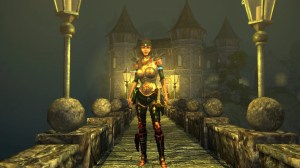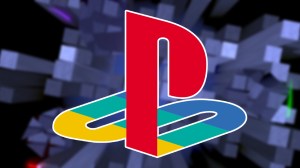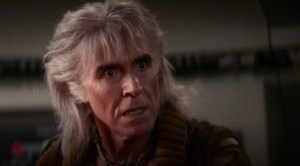Atlus and Sega are kicking off 2023 in exciting fashion for fans of the Persona series by bringing Persona 4 Golden (and Persona 3 Portable) to modern consoles, including the Nintendo Switch, which fans have often thought would be the ideal home for the game. They were right, as both Persona 4‘s core gameplay modes — dungeon-crawler and social sim — lend themselves well to handheld gameplay. While that’s exciting news, there are aspects of Persona 4‘s story and characterizations that have not aged well in the nearly 15 years since the game first debuted that will likely hit a sour note, if not outright offend, players, especially newcomers.
Videos by ComicBook.com
Persona 4 casts players as a nameless protagonist who moves in with his uncle in the small Japanese town of Inaba to spend a year there while his parents work abroad. At about the same time as his arrival, a series of murders strikes, and rumors of something called “the Midnight Channel” begin circulating. The protagonist and his new friends look into the latter, which may have something to do with the former.
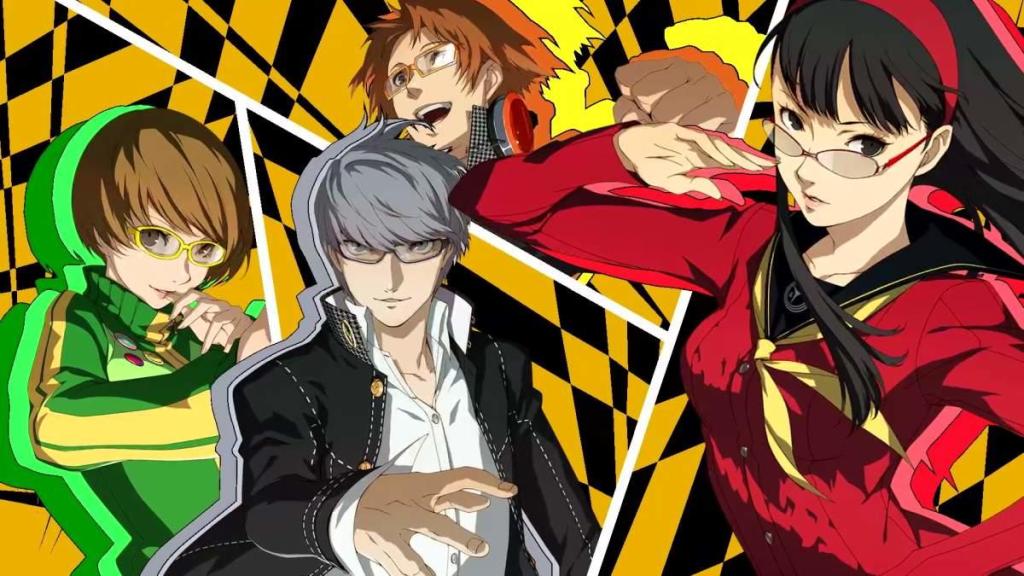
As someone with some experience in the matter, I can say that the game nails the highs and lows of a move from the “big city” to a smaller town from the excitement of a fresh start to the oddness of briefly becoming a local curiosity. Some of this authenticity fades late in the game, as cast members begin embarrassingly fawning over the protagonist. Yet, in a genre dominated by evil empires and globe-trotting quests, Persona 4‘s small-town charm and intimacy are a unique delight.
Aesthetically, Persona 4 stands out even in a series known for its bold visual design and catchy soundtracks. Compared to Persona 3 and Persona 5, Persona 4 is brighter, cheerier, and more optimistic. Its liberal use of dayglo yellow in its menus and soundtrack infused with pure pop vibes pairs perfectly with the game’s earnest writing and brings out the best in its almost pastoral setting.
Persona 4 Golden has stood for years as the game’s definitive version, adding vital new Social Links, an extra dungeon, new endings, and additional endgame content. This new edition feels particularly well-suited to the Nintendo Switch, with improved graphics that pop exquisitely on the Switch OLED’s screen and the ability to quick-save in a dungeon, making it easier than ever to jump into and out of the game. Despite a lengthy story, Persona 4 encourages replays as some content and conversation options are only available through New Game+. Adding different difficulty levels (along with the returning ability to fast forward through long cutscenes) makes that proposition more inviting than ever. The addition of the Japanese voice cast’s performances, available outside of Japan for the first time, makes it easier than ever for players to immerse themselves in the game’s Japanese setting if they choose.
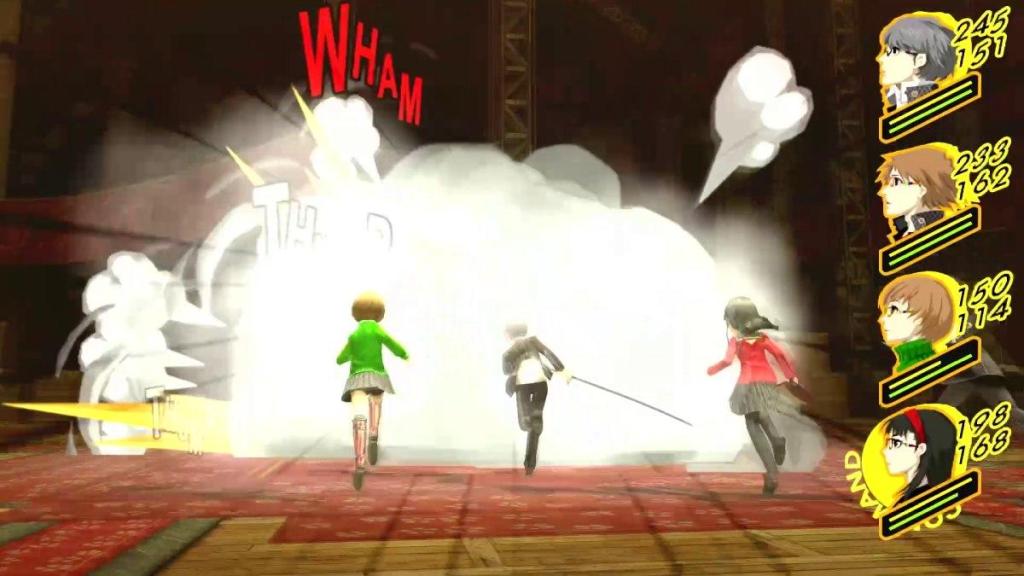
At Persona 4‘s core is a search for truth, weaving through the core narrative as the protagonist and his friends investigate the string of murders and uncover the secret of the metaphysical world that only they can access via a television, from which a dangerous, obscuring fog emanates. It’s also there in the supporting cast’s character arcs. Persona 4 uses the same Social Link system as the other Persona games, by which the player can bond with supporting characters, deepening the protagonist’s relationship with them. Achieving new Social Link ranks makes the player capable of creating more powerful personas, the avatars that fight on behalf of the player’s party during combat. Most of these stories involve the character’s search for their truth, trying to understand themselves and their place in the world.
For certain characters who become involved in the murder mystery plot, this involves the heroes braving a dungeon within the television world. Each builds itself around the subject’s identity crisis, a palace for a young girl beset by suitors or an 8-bit video game for an unstable otaku. While the randomly generated floor layouts can’t hold a candle to the brilliantly-designed palaces of Persona 5, the personalized approach is an upgrade from Persona 3‘s single generic tower. Persona 4‘s combat, which upholds the series’ reputation for excellence in the area, keeps dungeon-crawling engaging by tasking players with balancing exploiting enemy weakness against their limited resources, both in terms of combat and precious time in Inaba. At the end of these dungeons, the subject faces a revelation about their truth.
That’s where Persona 4 stumbles. The game features a cast of many brilliant characters, and it fails several of them spectacularly, particularly when it comes to issues of sexual identity. It depicts Kanji as a young punk struggling to come out as gay. His bathhouse-themed dungeon leans heavily into gay tropes and stereotypes only to have him come out the other end not by plainly stepping out of the closet but by admitting that he’s into “feminine” hobbies like crafting. Similarly, Naoto’s crisis involves her gender identity, suggesting she is coming to terms with her identity as a trans person. The game builds her dungeon as a secret laboratory where she’s threatened with forcible alterations to her body, like an anti-trans Christian Hell house, only to emerge with her birth gender reaffirmed. I’m hardly the right person to unpack how Persona 4 fails its ostensibly LGBTQ+ characters in detail, nor am I positioned to contextualize the game within Japanese culture circa 2008. However, for a story about searching for truth, the game walks some of its best characters up to personal breakthroughs only to pull the rug out from under them and spin them around at the last moment.
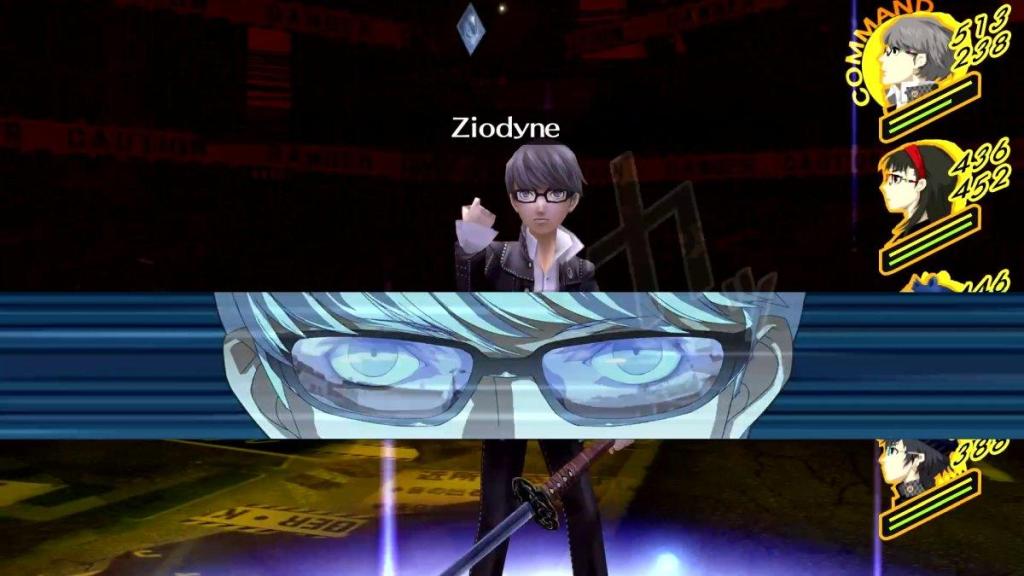
Compounding these failings is casual misogyny and gay panic sprinkled throughout at levels on par with the sex comedies and the sitcoms of the late ’90s and early 2000s. Most of this comes from the character Yosuke, a Xander Harris-type without even a hint of a redeeming quality who must rank among the most insufferable JRPG party members of all time. His behavior is constantly entitled and borderline predatory but shrugged off with a “boys-will-be-boys” mentality. His treatment of everyone in the group other than the protagonist (mostly teen girls), especially his insinuations and suspicious demeanor toward Kanji, makes the group’s willingness to continue putting up with him the least believable part of a game about crawling inside a TV to fight shadow monsters. The game even indulges his point of view, “rewarding” players for completing the optional dungeon with an anime cutscene of him orchestrating an attempt to sneak a peek at the girls in a hot spring that’s creepily off-putting.
Persona 4 Golden should be considered a must-play JRPG. While Persona 5 would eventually improve on the formula, Persona 4‘s blend of fast-paced, turn-based combat and compelling social elements gives it an appeal many other games have tried to emulate since. The new quality-of-life upgrades and options in the latest release make it easier to dive in than ever before. It’s a game full of wonderful characters (and Yosuke), and it’s a shame that it does not respect those characters adequately. Because of this, despite its rock-solid core gameplay and endearing overarching story, recommending Persona 4 Golden comes with an asterisk pointing to an uncomfortable warning about its dated content.
Rating: 4 out of 5
Persona 4 Golden is on sale now for PlayStation 4, Xbox One, Xbox Series X, and Nintendo Switch. It was reviewed on a Nintendo Switch OLED with a review code provided by the publisher.

